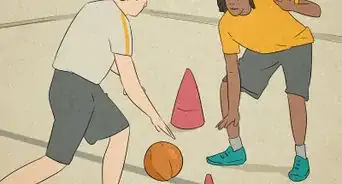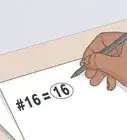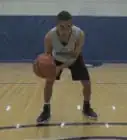This article was co-authored by Ryan Tremblay. Ryan Tremblay is a Basketball Coach and the Owner of National Sports ID and STACK Basketball. With over 30 years of experience, Ryan specializes in basketball coaching, social media marketing, and website design. Ryan created the National Sports ID as a platform to verify the age/grade of youth athletes and STACK Basketball to inspire young athletes to grow into mature individuals and basketball players. Ryan was a First Team All-Decade basketball player in Bergen County and finished in the top 20 all-time leading scorers in the county’s history with 1,730 points. He went on to Caldwell University on a basketball scholarship where he was part of three championship teams. Ryan was a two-time All-Metropolitan, All-State, and All-Conference point guard and the all-time three-point leader in the school’s history, landing him in the Caldwell University Athletic Hall of Fame.
There are 15 references cited in this article, which can be found at the bottom of the page.
Sometimes basketballs deflate on their own: maybe because of cold weather, or simply because it’s an old ball and the air has slowly leaked out. But what if you want to intentionally deflate a basketball? You might need to store it for winter or pack it for a trip. Or maybe it was overinflated and bounces too high. The good news is, it’s easy to deflate your ball with an air pressure gauge or an inflation needle. No needle? No worries! We’ve rounded up a bunch of other methods for deflating a basketball using common household items. Score!
Things You Should Know
- Insert a lubricated inflation needle in your basketball's valve to quickly deflate it.
- Let air out of your basketball by sticking a ball air pressure gauge inside the valve and pressing the air release button.
- Poke a paper clip, bobby pin, or empty pen chamber into the valve to release air and deflate your ball.
- Place your basketball in the fridge to lower its air pressure and deflate it slightly.
Steps
Inflation Needle
-
1Insert a lubricated inflation needle. Wet the inflation needle with water (some people lick it, but that isn’t exactly hygienic). Push the needle inside your basketball’s round valve opening.You'll hear a hiss of air.[1]
- An inflation needle is a small metal rod with a pointed end. You can find one at any store that sells sporting goods, or you can buy one online.
-
2Wait for the air to release before removing the needle. If you just want to remove a little air from an overinflated ball, this only takes 2 or 3 seconds. If you’re completely deflating your ball, apply extra pressure by squeezing it as the air releases.[2] Then pull the needle out gently, being careful to not yank out the valve.Advertisement
-
3Do a bounce test to see if your ball is game-ready. Hold your ball like a referee, extending your arm upward so your ball is even with the top of your head. Drop your ball: if it bounces up to elbow height, it’s properly inflated. If your ball bounces lower, add more air. If it bounces higher than your elbow, release a bit more air.[3]
Air Pressure Gauge
-
1Insert a ball air pressure gauge. Lubricate the tip of a ball air pressure gauge with water or glycerin before placing it in the valve.[4] This gadget measures the PSI (pounds per square inch, or kPa) of air in a ball.[5]
-
2Press the release button on the gauge to let out the air.[6] The air pressure gauge has a button located on the side. Push and hold the button down to release air from your basketball.
-
3Remove the gauge once the pressure is correct. Examine your ball for pressure specs. Most basketballs have inflation instructions printed on them. If the instructions are worn off, rely on the standard of 7.5 - 8.5 PSI (51.71 - 58.60 kPa).[7] Monitor the gauge and gently remove it from the valve when it displays the correct pressure. It’s game time![8]
Paper Clip
-
1Stick a straightened, lubricated paper clip in the valve. Make one end of the paper clip as straight as possible. Lubricate the straightened end with water, then sit in a chair with your basketball held firmly between your knees. Gently slide the straight end of the paperclip into the valve.[9]
- This method isn’t as reliable as using an inflation needle or pressure gauge. It’s possible to damage the valve with the sharp metal end of the paperclip, so be gentle!
-
2Remove the paperclip after a few seconds. If you're trying to slightly deflate an overinflated basketball, it will only take a few seconds to release the air. Or, leave the paper clip in longer if you’re trying to flatten your ball. Once you've let out as much air as you want, carefully slide the paperclip out of the valve.[10]
- You can squeeze your ball a bit to speed up the process, but don’t exert too much pressure or you might damage your ball.
-
3Try a bounce test to tell if your ball is at the right pressure for playing. While holding your ball, extend your arm upward so your ball is even with the top of your head. Drop your ball: if it bounces up to elbow height, it’s properly inflated. If it bounces lower, add more air by inflating your basketball. If it bounces higher than your elbow, release more air.[11]
Bobby Pin
-
1
-
2Remove the bobby pin after a few seconds. Once your basketball has deflated for a few seconds, pinch the prongs of the bobby pin shut. Gently slide the bobby pin out of the valve.[14]
-
3Perform a bounce test to find out if your ball is ready for the court. Hold your ball even with the top of your head and drop it. If it bounces higher than your elbow, release air; if it bounces lower, add air to your basketball. If it bounces up to your elbow, you're good to go![15]
Ballpoint Pen
-
1Take apart a ballpoint pen. Remove the ink chamber from a ballpoint pen and take off the nib. Wash out the ink chamber, or snip off a portion of the chamber that doesn’t contain ink.[16]
- A ballpoint pen is better than a gel pen because gel pens have thicker chambers.
-
2Stick the empty ink chamber into the valve. After lubricating the ink chamber with water, apply gentle pressure as you slide it into your basketball’s valve. You’ll hear a hiss as the air escapes your ball.
-
3Wait for the air to release. It will only take a couple of seconds if you just need to reduce the pressure a bit. To deflate your basketball fully, it will take a minute or two. You can squeeze it to release the air more quickly.[17]
-
4Conduct a bounce test to know if your ball is ready to shoot hoops with. Before hitting the court, hold the ball so it’s even with the top of your head and drop it. If it bounces up to elbow height, game on! If it bounces lower, add more air to your basketball. If it bounces higher than your elbow, deflate it a bit more.[18]
Refrigerator
-
1Place your basketball in the fridge. Keep the basketball inside the refrigerator until it’s cold. (Expect questions from your roommates or family about why there’s a basketball in the fridge!) The pressure will drop about 1 PSI (6.9 kPa) after an hour in the refrigerator.[19]
- Extreme temperatures change the amount of pressure inside a ball. Cold temperatures reduce the pressure because the air molecules have less thermal energy. Science![20]
-
2Remove the ball and do a bounce test to see if it's ready to play with. Hold the ball so it’s even with the top of your head and drop it. If it bounces up to elbow height, it’s perfect for playing. If it bounces lower than your elbow, inflate your basketball a bit more.[21]
-
3Chill the ball again if needed. If your basketball bounces higher than your elbow, it’s still overinflated.[22] Squeeze your ball to release a bit more air, then put it back in your fridge and repeat the process.
References
- ↑ https://www.metroleague.org/how-to-deflate-a-basketball/
- ↑ https://youtu.be/8gyKXQiCEVA?t=61
- ↑ https://youtu.be/4p4W83m8xAY?t=126
- ↑ https://youtu.be/8tp8EgrL3Ps?t=93
- ↑ https://youtu.be/8tp8EgrL3Ps?t=59
- ↑ https://youtu.be/8tp8EgrL3Ps?t=350
- ↑ https://www.metroleague.org/what-psi-should-a-basketball-be/
- ↑ https://youtu.be/8tp8EgrL3Ps?t=357
- ↑ https://gcbcbasketball.com/how-to-deflate-a-basketball/
- ↑ https://gcbcbasketball.com/how-to-deflate-a-basketball/
- ↑ https://youtu.be/4p4W83m8xAY?t=126
- ↑ https://youtu.be/yHzScEKfFLw?t=14
- ↑ https://youtu.be/yHzScEKfFLw?t=41
- ↑ https://youtu.be/yHzScEKfFLw?t=191
- ↑ https://youtu.be/4p4W83m8xAY?t=126
- ↑ https://basketballword.com/xx-steps-to-bringing-a-basketbll-on-a-plane/
- ↑ https://basketballword.com/xx-steps-to-bringing-a-basketbll-on-a-plane/
- ↑ https://youtu.be/4p4W83m8xAY?t=126
- ↑ https://youtu.be/2cmRw9SP1EA?t=10
- ↑ https://howeverythingworks.org/2009/02/20/question-1565/
- ↑ https://youtu.be/4p4W83m8xAY?t=126
- ↑ https://youtu.be/4p4W83m8xAY?t=126
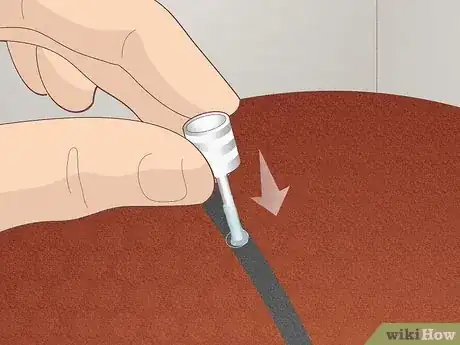
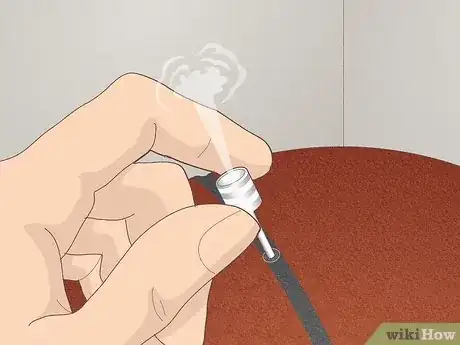
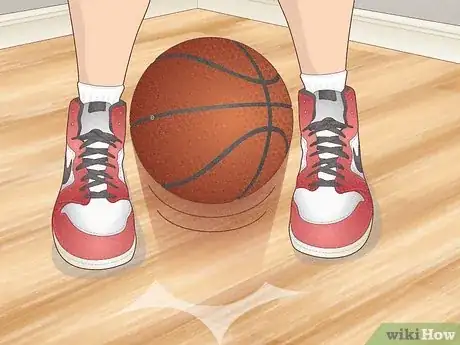
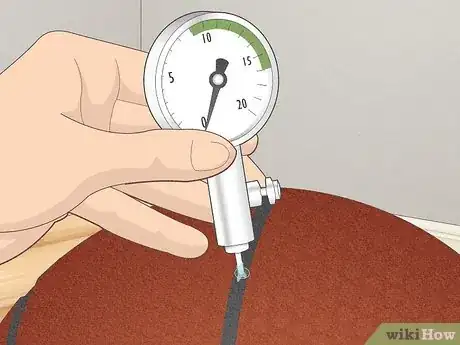
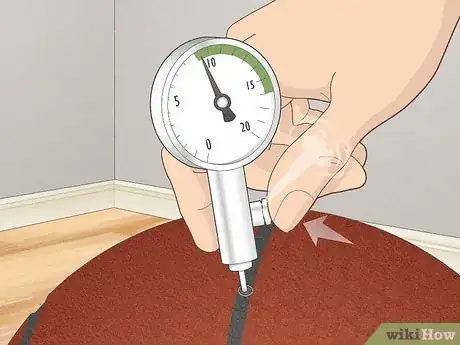
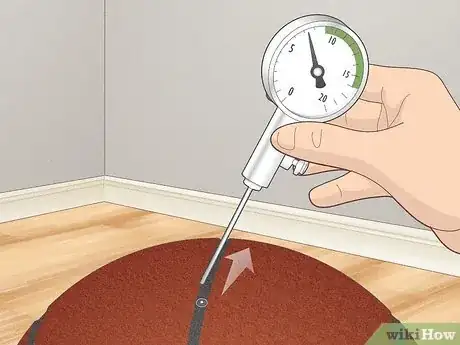
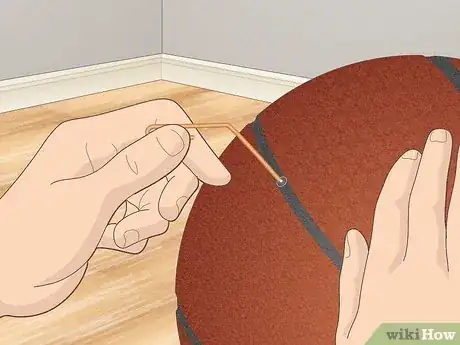

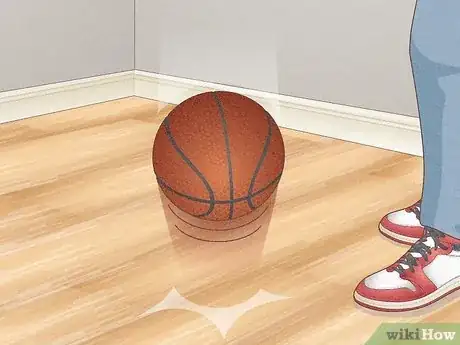
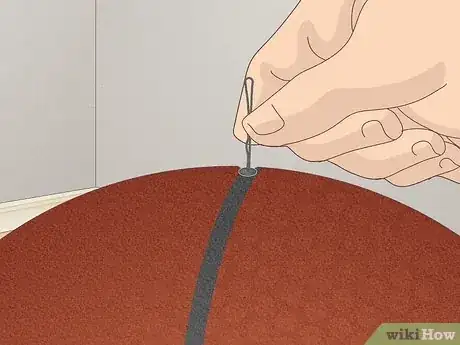
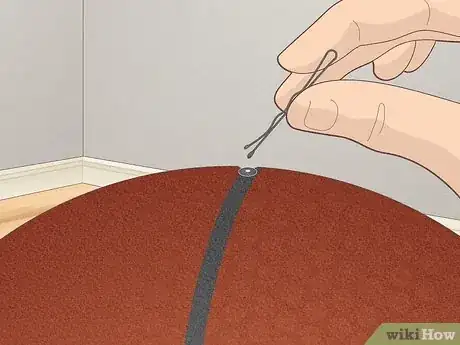
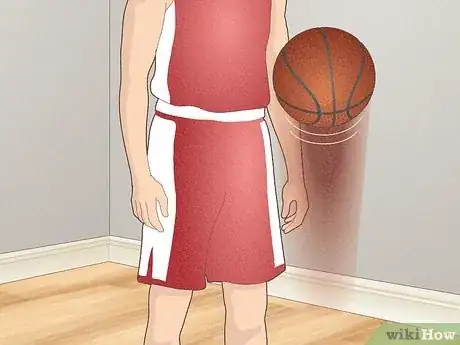
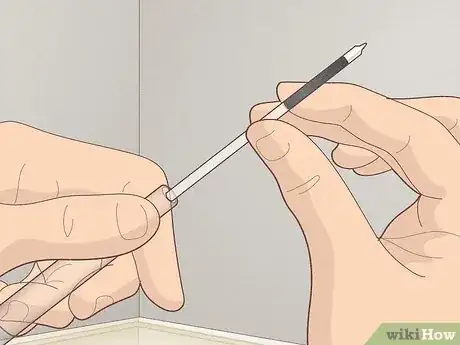

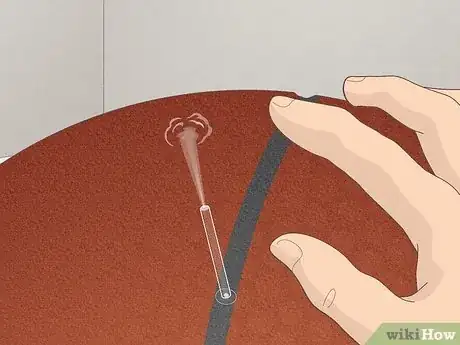
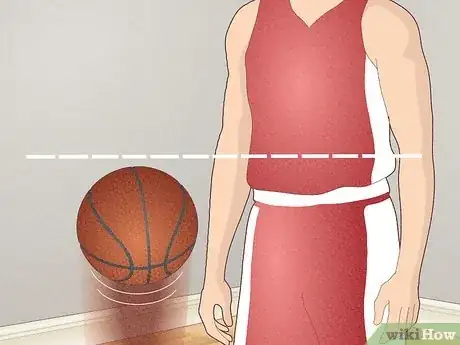
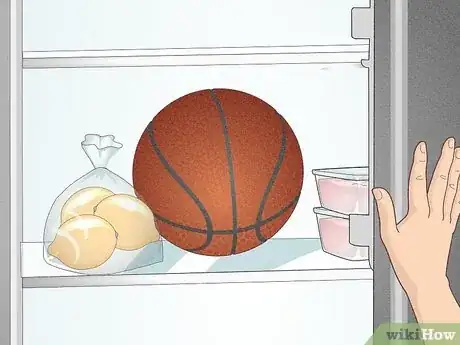
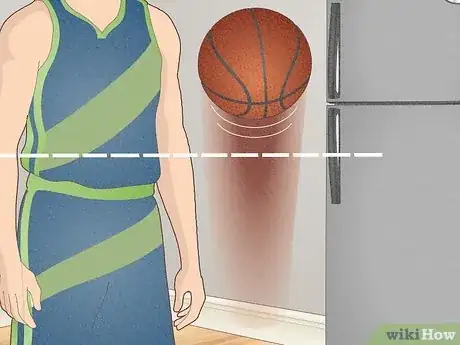
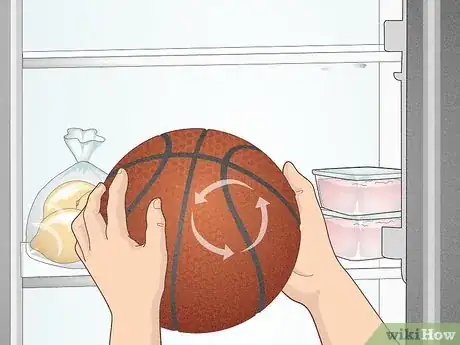
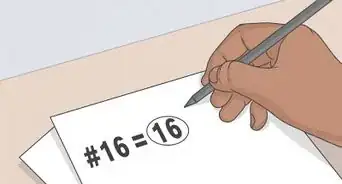
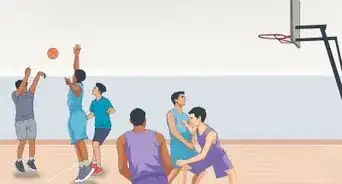
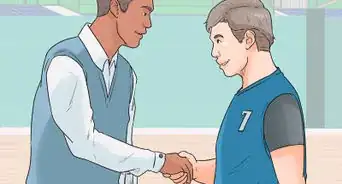
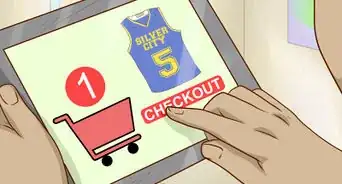
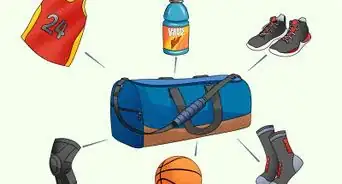
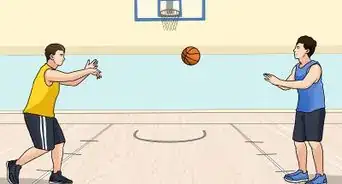
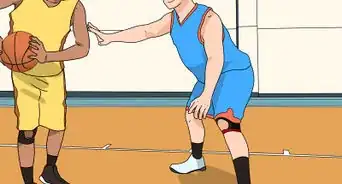
-Step-12.webp)
